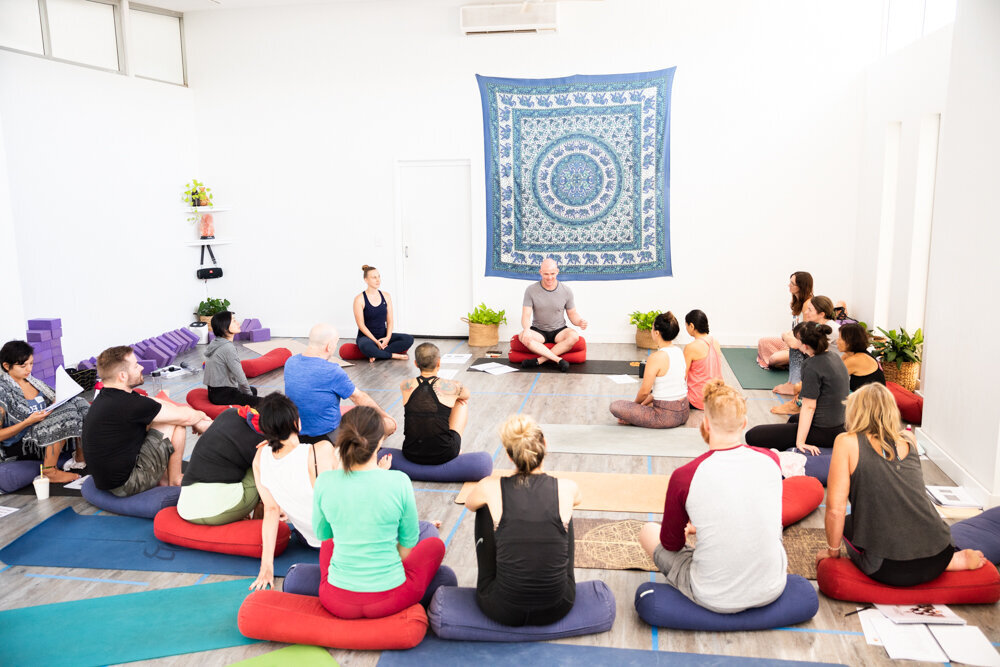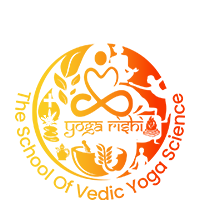
Exploring the Fundamentals of Yoga Philosophy
Introduction:
The ancient Indian concept of yoga still has a lot to say about modern society. It has undergone several modifications to fit the needs of the present day.
Yoga delivers a fundamental route for harmony, awareness, and self-discovery in a time of ongoing connectedness and hectic schedules. Its principles place a strong emphasis on the mutually beneficial connection between all three realms, inspiring followers to develop peace both inside and with their surroundings.
We may improve our ability to handle stress, enhance our psychological and physical well-being, and establish a connection with our actual selves by adopting the yoga notions into everyday activities. Yoga philosophy includes meditation, deep breathing, and the formation of yogic morals, known as yamas & niyamas.
Along with improving their physical well-being, people may deepen their feeling of consciousness and inner calm by doing yoga.
Let Us Know About the Philosophy of Yoga:
You must be wondering what is yoga philosophy? Well it is the term used to describe the fundamental ideas and concepts that guide yoga practise. It includes a thorough set of principles, norms, and practises designed to promote development on all levels—physical, intellectual, and spiritual. At its foundation, it encourages an integrated approach to wellness and self-actualization by cultivating the unity of the body, mind, and soul.
It has its origins in earlier times, particularly in Patanjali’s Yoga Sutras. The aforementioned teachings provide a path for spiritual growth and personal transformation by outlining each of the eight Ashtanga yoga limbs. It is predicated on the idea that the mind, body, and soul are all interrelated and that by bringing them all together, we may experience a better sense of calm, joy, and prosperity.
Some of the fundamental aspects include:
- The idea that everything in the universe is interlinked and all living things are interconnected.
- The process of performing yoga asanas.
- The process of relaxing one’s mind through practises such as breathing and meditation.
- The idea of being completely present without distractions.
- The focus on different ideals, such as:
- Being more aware of our behaviours and avoiding hurting others—both physically and emotionally—requires compassion.
- Being more truthful both with ourselves and with other people.
- Being self-controlled is the ability to remain centred on your objectives by managing your emotions and how you respond to different situations.
- Contentment is the ability to be satisfied with what we have.
- To experience life with less complexity and without attachments, practise non-possessiveness.
Various Yoga Philosophies and their Applications in Real Life:
Here, we’ll talk about numerous yoga principles and how we might apply them to everyday activities:
Upanishads:
The Upanishads are a body of prehistoric philosophical works that are a component of the Vedas, an extensive set of Hindu scriptures. The goal of these writings is to illuminate the essence of the real world, the self, and the supreme truth. They do this by delving deeply into spiritual and philosophical ideas.
Even though they are firmly entrenched in the historic Indian culture, their lessons are still relevant and have real-world applications. They discuss a variety of subjects, such as the nature of actuality, the inner being, and the connection between the human being and the almighty.
Applications in Real Life:
With the help of Upanishads, we learn to:
Engage in self-reflection and exploration.
- Recognise the significance of moral behaviour and virtuous behaviour.
- Look for information that promotes self-actualization, spiritual development, and relief from agony.
- Recognise the importance of meditation and the practise of mindfulness in achieving higher mental states and spiritual awakening.
- Encourage a feeling of harmony, compassion, and empathy for all living things.
Bhagavad Gita:
It is a holy Hindu text that contains a wealth of knowledge and useful advice for anyone looking for a life that is meaningful and fulfilling. The Gita, a discourse involving the prince Arjuna & Lord Krishna, tackles Arjuna’s psychological struggles on the field of battle at Kurukshetra.
The Bhagavad Gita’s lessons have a significant impact on how we live our daily lives. The Gita’s primary concepts include the following:
- Karma, which denotes that our deeds have repercussions.
- Dharma refers to our commitment or responsibility in life.
- Bhakti is the Sanskrit word for dedication to God via the practise of love and submission.
- Jnana is Sanskrit for “awareness” or “wisdom.”
Applications in Real Life:
With the teachings of Bhagavad Gita, we learn to:
- Execute our jobs without having any emotional connection to the result.
- Concentrate on our duties and commitments, instead of being motivated by our personal wants or outside incentives,
- Understand our own thoughts, feelings, and wants can help us become more adept at controlling them and making deliberate choices as opposed to being influenced by urges.
- Maintain mental wellness and an equilibrium state of mind while being untouched by the outside world, in spite of the challenges that life brings, including joy and sorrow, achievement and failure.
- Keep good health, calm the mind, communicate with our true selves, and feel a more profound sense of serenity and harmony, do meditation and practise yoga.
Patanjali Yoga Sutras:
The Patanjali Yoga Sutras, which the sage Patanjali wrote, are regarded as a key document in the development of yoga philosophy. These sutras, which are made up of 196 phrases, offer a thorough explanation of both the philosophy and practise of yoga. Despite the fact that they were written over two thousand years back, their insight is still highly pertinent and helpful in our modern lives. They lay out the Ashtanga yoga’s 8 limbs, which represent a progressive road to self-awareness and enlightenment.
Applications in Real Life:
With the sutras of Patanjali, we learn to practice:
- Yamas and Niyamas, the moral standards that direct our interactions with others, ourselves, and the outside world.
- Yoga asanas, the physical positions that help us build body consciousness, cultivate peace and presence, and increase our well-being, adaptability, and endurance.
- Pranayama, the exercise of breath regulation, which promotes mental clarity and the development of life force.
- Dharana and Dhyana, referring concentration and meditation respectively, that support maintaining mental discipline and present-moment awareness.
- Samadhi, a deep spiritual state of immersion that aids in our ability to unite with heavenly force.
Conclusion:
In the end, after understanding what is yoga philosophy, we conclude by mentioning that it acts as an eternal road map that enables people to navigate the complexity of modern life while still finding a purpose, significance, and balancing in their lives.








